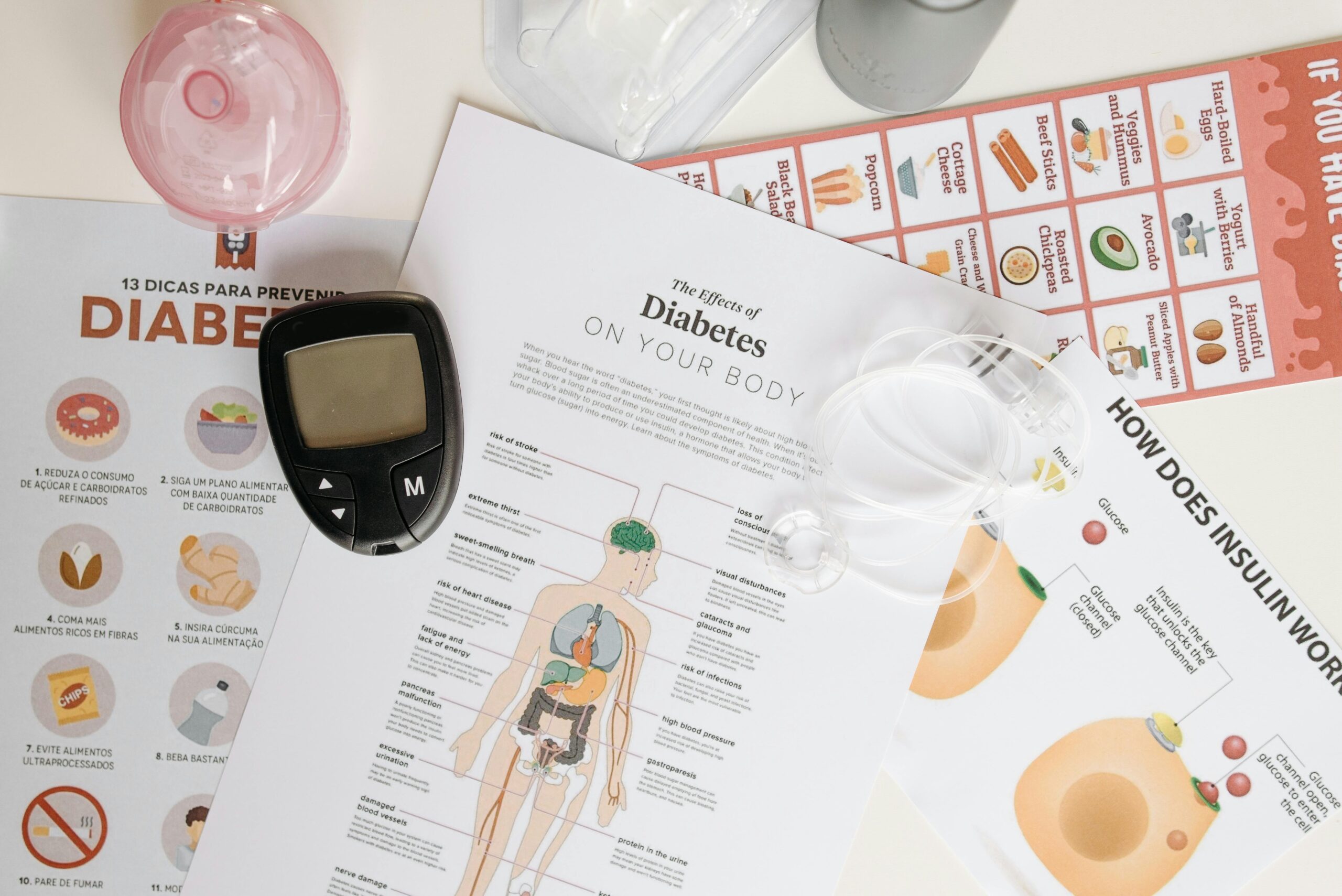Osteoarthritis and rheumatism (or rheumatic diseases) are terms that are often confused, but they refer to different conditions. Here I explain the main differences:
- Definition: Osteoarthritis:
It is a degenerative joint disease, characterized by the wear of the cartilage that covers the ends of the bones. This wear and tear causes pain, stiffness and loss of mobility in the affected joint. It is more common in older people and is related to aging, overuse of the joints or previous injuries.Rheumatism (rheumatic diseases):It is a broad term that encompasses more than 200 diseases that affect the musculoskeletal system (joints, muscles, tendons, ligaments) and, in some cases, other organs. It includes conditions such as rheumatoid arthritis, lupus, fibromyalgia, gout, ankylosing spondylitis, among others. - Causes: Osteoarthritis:
Mainly caused by the natural wear of cartilage due to aging, joint overload, obesity or previous injuries. It is not an inflammatory disease in origin, although there may be secondary inflammation.Rheumatism (rheumatic diseases):The causes vary depending on the disease. For example:Rheumatoid arthritis is an autoimmune disease (the immune system attacks the joints). Gout is caused by the buildup of uric acid crystals in the joints. Fibromyalgia has unknown causes, but is related to alterations in pain processing.</code></pre></li>Symptoms: Osteoarthritis: Joint pain that worsens with movement and improves with rest. Brief morning stiffness (less than 30 minutes). Cracking or sounds in the joints when moving. Progressive loss of joint mobility. Rheumatism (rheumatic diseases): Symptoms depend on the specific disease. For example:In rheumatoid arthritis: pain, swelling and prolonged morning stiffness (more than 30 minutes), fatigue and symmetrical joint involvement. In fibromyalgia: generalized pain, chronic fatigue, sleep disorders and tenderness in specific points. In gout: sudden, severe pain, swelling, and redness in a joint (usually the big toe).</code></pre></li>Location: Osteoarthritis: It primarily affects weight-bearing or heavily used joints, such as the knees, hips, spine, and hands. Rheumatism (rheumatic diseases): It depends on the disease. For example:Rheumatoid arthritis usually affects the small joints of the hands and feet symmetrically. Ankylosing spondylitis primarily affects the spine and pelvis.</code></pre></li>Treatment: Osteoarthritis: Focused on relieving pain and improving joint function. Includes:Analgesics (paracetamol) or non-steroidal anti-inflammatory drugs (NSAIDs). Physiotherapy and strengthening exercises. In severe cases, surgery (joint prosthesis).</code></pre>Rheumatism (rheumatic diseases): Treatment depends on the specific disease. For example:In rheumatoid arthritis: disease-modifying medications (such as methotrexate) and biologics are used. In gout: medications are used to reduce uric acid (allopurinol) and anti-inflammatories. In fibromyalgia: focuses on pain management with antidepressants, anticonvulsants and physical therapy.</code></pre></li>Prognosis: Osteoarthritis: It is a chronic and progressive disease, but it does not affect other organs. Proper management can improve quality of life. Rheumatism (rheumatic diseases): Some rheumatic diseases, such as rheumatoid arthritis or lupus, can be systemic and affect other organs (heart, lungs, kidneys). They require more aggressive treatment and continuous medical monitoring.
In summary, osteoarthritis is a degenerative joint disease, while rheumatism is a broad term that includes many diseases with varied causes and symptoms. If you have concerns about your symptoms, it is important to consult a rheumatologist for an accurate diagnosis.




